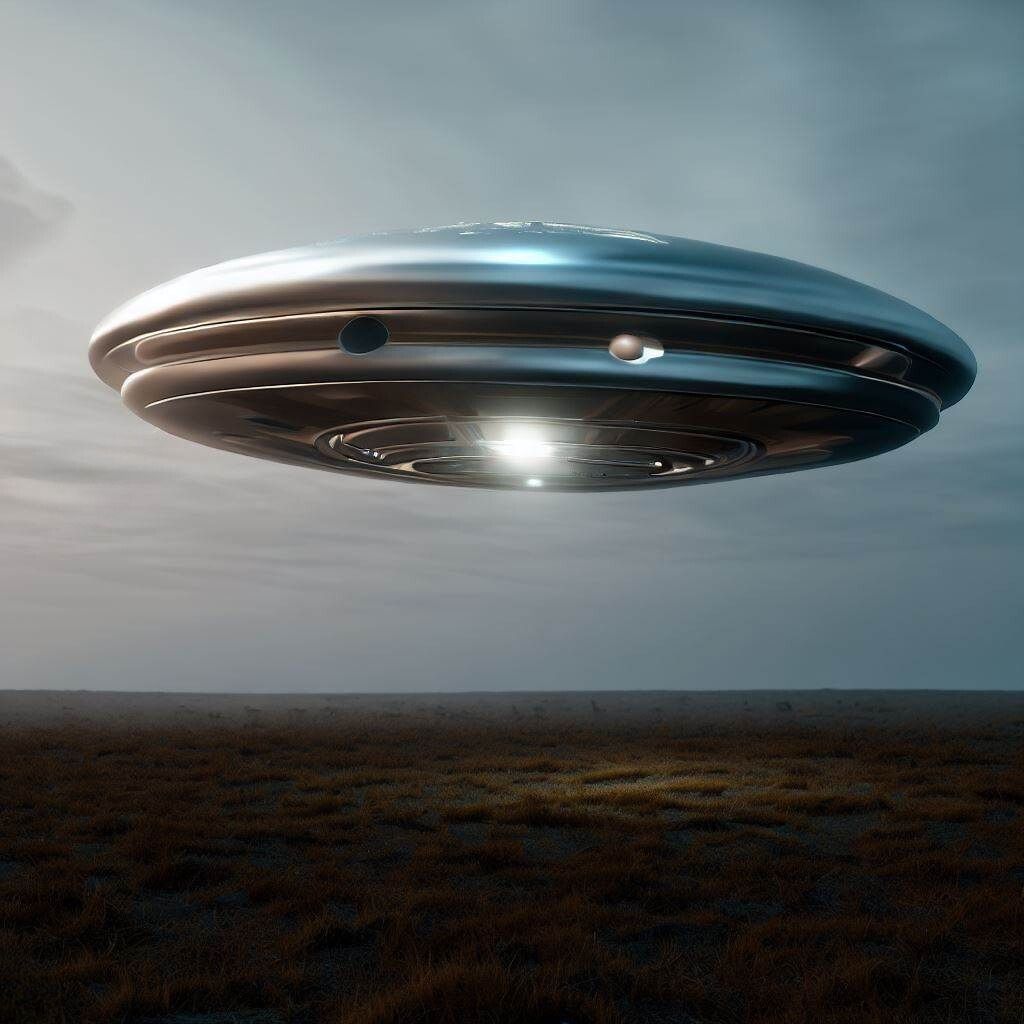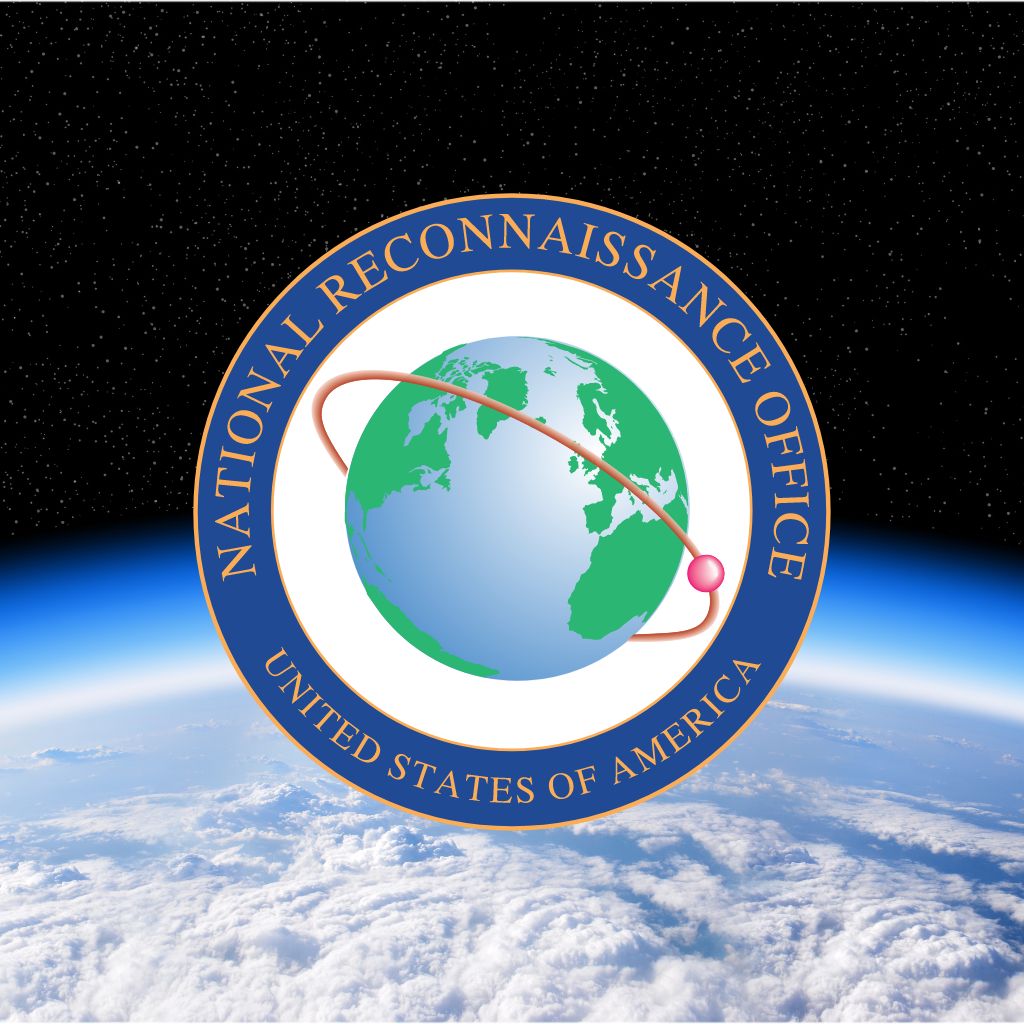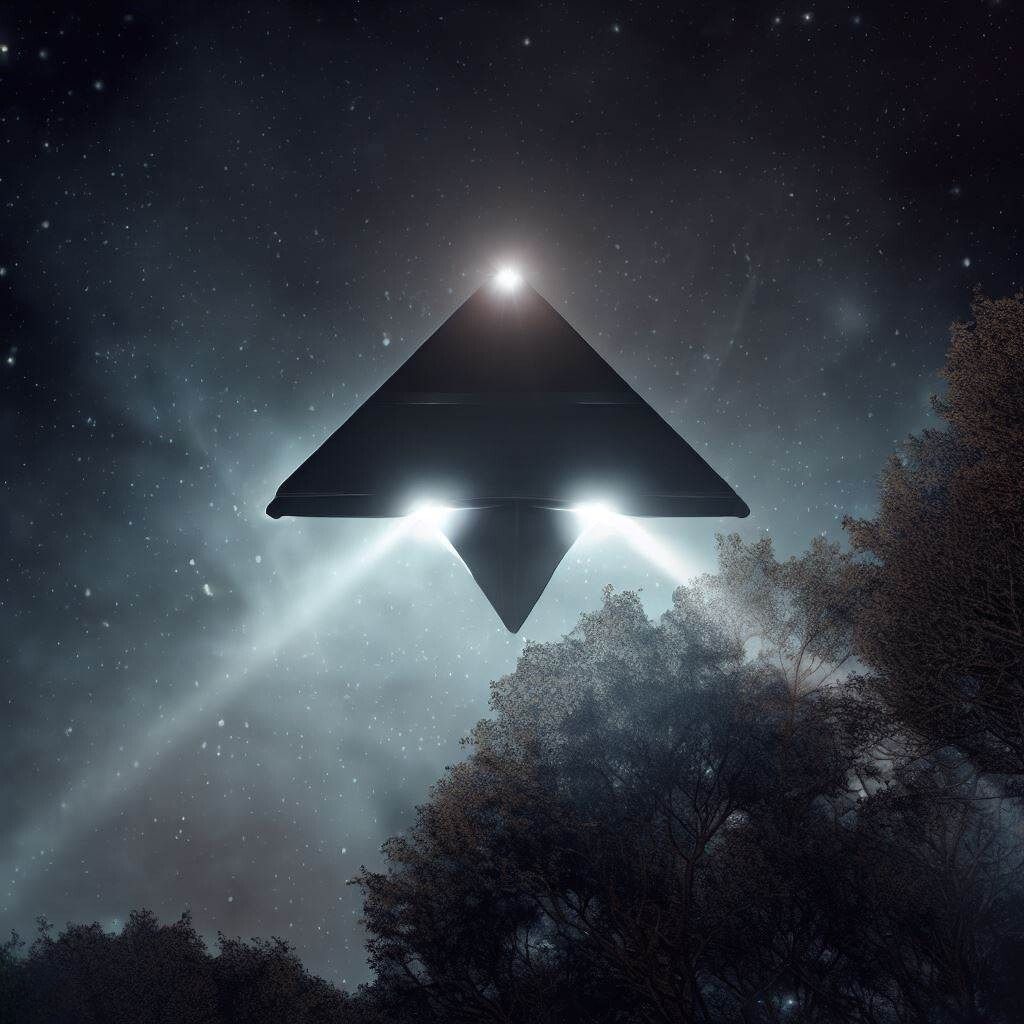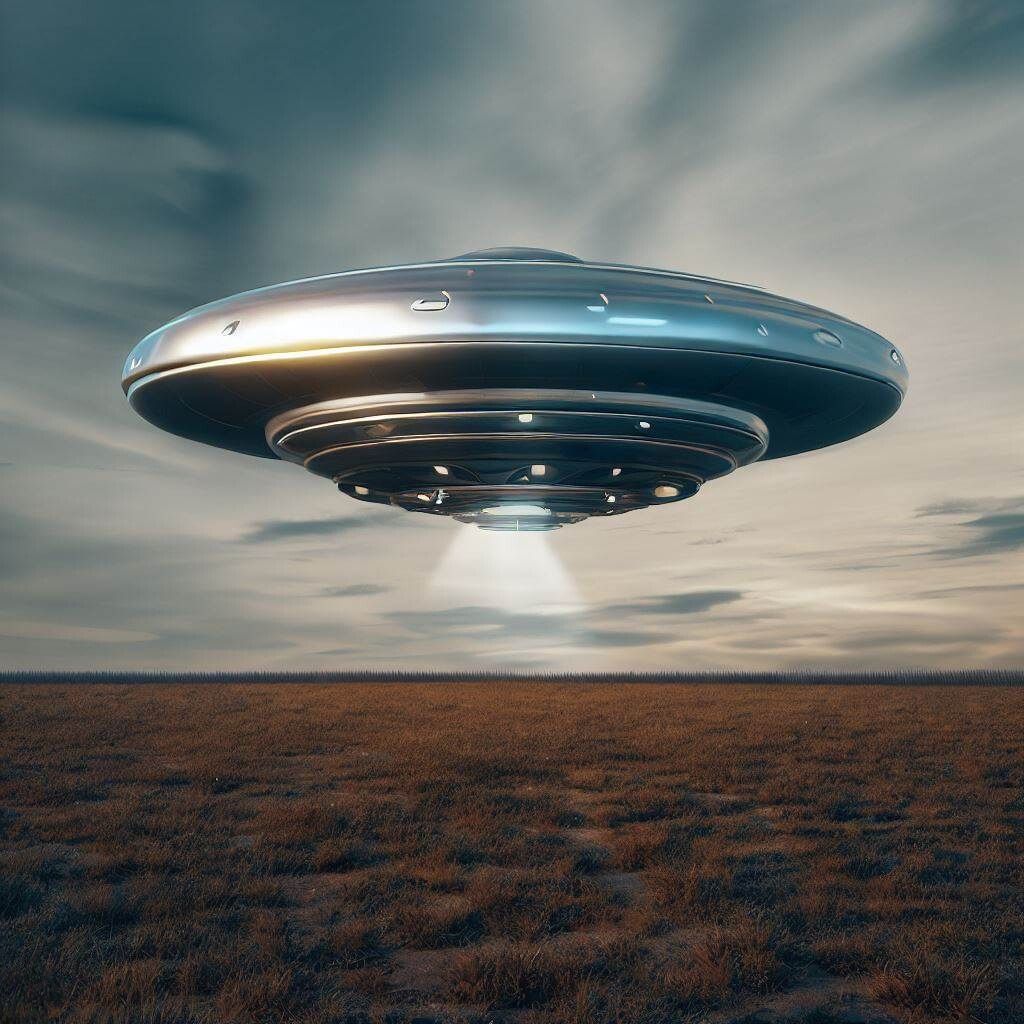Introduction
Unidentified Flying Objects (UFOs) have long been a subject of fascination and intrigue for people around the world. From blurry photographs to eyewitness accounts, the idea of extraterrestrial life visiting Earth has captured our imagination. Amidst the speculation and skepticism, there exists a secretive government initiative known as Project Moondust that adds a new layer of complexity to the UFO phenomenon. In this article, we delve into the intriguing world of Project Moondust, its history, purpose, and the people behind it.
Project Moondust: A Quest for Answers
Project Moondust is not a mere conspiracy theory; it’s a real government endeavor that delved into the mysteries of unidentified flying objects.
This classified program was initiated to investigate instances where foreign objects, potentially originating from other nations, had crashed, were downed, or abandoned on Earth’s surface.
The goal was to collect and analyze any materials or technology to determine their origin and assess potential national security implications.
The History of Project Moondust

The roots of Project Moondust trace back to the early 1950s during a period of heightened Cold War tensions.
With the rise of advanced aviation technology and concerns about potential espionage, it became crucial for governments to identify and understand any foreign objects that entered their airspace or territory.
The program was a collaborative effort involving various government agencies, including the United States Air Force and the Central Intelligence Agency (CIA).
One of the most significant events linked to Project Moondust is the aftermath of the Roswell incident in 1947.
While the official explanation attributed the crash to a weather balloon, conspiracy theories persisted about a possible extraterrestrial spacecraft.
It’s theorized that this incident played a role in shaping the need for a specialized program like Project Moondust, dedicated to recovering and studying unusual debris.
The Purpose and Scope of Project Moondust
The primary objective of Project Moondust was to rapidly respond to reports of unidentified objects, assess their nature and origin, and determine whether they posed a threat to national security.
In cases where objects were found to be of foreign origin, the program aimed to recover any relevant materials or technology before other nations could gain access to them.
Reports suggest that Project Moondust teams were trained to handle various scenarios, including the retrieval of debris from remote locations or even deep underwater.
The materials collected were subjected to thorough analysis, ranging from metallurgical examinations to assessments of potential propulsion systems.
By understanding the technology behind these objects, governments aimed to gain a competitive advantage in the ever-evolving arms race.

The People Behind Project Moondust
While the identities of individuals involved in Project Moondust remained classified for decades, some key figures have been associated with the program.
Military personnel, intelligence operatives, and scientists with expertise in various fields were likely part of these specialized teams.
Given the classified nature of the initiative, the full extent of personnel involvement is still shrouded in secrecy.
The Agencies Behind Project Moondust
The operations of Project Moondust were carried out through a collaborative effort involving various government agencies. These agencies, each bringing unique expertise to the table, played a crucial role in the program’s activities.
United States Air Force (USAF)
As the branch of the military responsible for aerospace operations, the United States Air Force played a central role in Project Moondust. With its vast knowledge of aviation technology and aerial phenomena, the USAF was tasked with responding to reports of downed or crashed objects. Their expertise in aircraft recovery and analysis made them an invaluable asset in determining the origin and purpose of these unidentified objects.
Central Intelligence Agency (CIA)

The CIA‘s involvement in Project Moondust brought intelligence-gathering capabilities to the program. With a mandate to gather information critical to national security, the CIA’s interest in unidentified objects was driven by concerns about potential foreign espionage. Their involvement added an extra layer of expertise in assessing geopolitical implications and possible threats from other nations.
National Aeronautics and Space Administration (NASA)
While primarily known for space exploration, NASA‘s expertise in aerospace technology and scientific analysis made them a natural collaborator in Project Moondust. Their involvement extended to analyzing recovered materials for any potential technological advancements that could be reverse-engineered for space exploration or defense purposes.
Defense Advanced Research Projects Agency (DARPA)
DARPA’s reputation for pushing the boundaries of technological innovation made them an intriguing participant in Project Moondust. With a focus on cutting-edge research and development, DARPA‘s role might have included analyzing recovered materials for potential applications in advanced weaponry or surveillance technology.

National Reconnaissance Office (NRO)
Given the NRO‘s mission to operate reconnaissance satellites for national security purposes, their participation in Project Moondust would make sense. Their expertise in imagery intelligence could have aided in locating and assessing objects from space that had entered Earth’s atmosphere.
Specialized Military Units
Apart from these agencies, specialized military units with expertise in retrieval and analysis likely played a vital role in Project Moondust. These units could have been drawn from various branches of the military, such as the Army, Navy, and Marine Corps, bringing diverse skill sets to the program.
Historical UFO Incidents: Adding Context to Project Moondust
To fully understand the significance of Project Moondust and its role in investigating unidentified flying objects, it’s essential to explore some historical UFO incidents that captivated public attention. These incidents not only contributed to the creation of Project Moondust but also shed light on the need for a dedicated program to address the mysteries of the skies.
1. The Roswell Incident (1947)

One of the most famous UFO incidents in history, the Roswell incident, played a pivotal role in shaping the landscape of UFO research and government involvement. In July 1947, reports emerged of a crashed object near Roswell, New Mexico. Initial military statements described it as a “flying disc,” but this was later revised to a weather balloon. Conspiracy theories suggested that the government covered up the recovery of an extraterrestrial spacecraft. While Project Moondust’s establishment came later, the Roswell incident highlighted the need for a systematic approach to address similar events in the future.
2. The Washington, D.C. Sightings (1952)
In the summer of 1952, a series of UFO sightings over Washington, D.C., and nearby military installations created a stir. Radar operators tracked unidentified blips in the sky, and multiple witnesses reported seeing strange lights and objects performing aerial maneuvers. The sightings led to increased public interest in UFOs and prompted the Air Force to initiate Project Blue Book, which aimed to investigate and analyze UFO reports. While Project Moondust had a different focus, these sightings underscored the importance of understanding aerial phenomena that defied conventional explanations.
3. The Kecksburg Incident (1965)
The Kecksburg incident involved the alleged crash of an object in a wooded area near Kecksburg, Pennsylvania, in 1965. Witnesses reported seeing an acorn-shaped object and military personnel subsequently sealing off the area. Official explanations attributed the incident to a meteor, but speculations about a crashed spacecraft persisted. This incident highlighted the challenges faced by local authorities and government agencies when dealing with the recovery of unusual objects. It’s conceivable that such incidents prompted the creation of Project Moondust to streamline the process of analyzing and responding to similar events.
4. The Rendlesham Forest Incident (1980)

In December 1980, military personnel stationed at RAF Bentwaters in the United Kingdom reported a series of encounters with unidentified lights in Rendlesham Forest. Witnesses claimed to have seen a triangular craft emitting beams of light. While explanations ranged from military exercises to misidentified mundane objects, the incident gained attention as one of the most well-documented UFO events involving military personnel. Such incidents, even if terrestrial in nature, could have fueled the need for a specialized program like Project Moondust to address potential national security concerns.
Contextualizing Project Moondust
These historical UFO incidents provide valuable context for the establishment of Project Moondust. The frequency of reported sightings and the potential impact on national security prompted the need for a dedicated program to investigate, analyze, and recover materials from unidentified flying objects. While Project Moondust focused primarily on foreign objects, the backdrop of these incidents demonstrates the complexities and challenges faced by governments when dealing with UFO-related phenomena. This historical context helps us appreciate the role of Project Moondust in a broader narrative of investigating the unknown skies.

The Web of Expertise
The collaboration between these agencies formed a web of expertise, allowing Project Moondust to tackle the complex task of identifying and recovering foreign objects.
Each agency contributed its specialized knowledge to the program, ensuring a comprehensive approach to analyzing the materials and technology retrieved. This collaborative effort aimed not only to protect national security interests but also to potentially unlock advancements that could shape the future of aerospace technology.
While Project Moondust’s operations were shrouded in secrecy, the involvement of these agencies adds credibility to the program’s existence. Their combined expertise underscores the gravity of the situation and the seriousness with which governments approached the investigation of unidentified flying objects that entered Earth’s domain.
Legacy and Controversy
Project Moondust operated under a veil of secrecy throughout its existence. The limited declassification of documents related to the program has provided a glimpse into its activities, but many questions remain unanswered.
The legacy of Project Moondust continues to spark debates about the extent of government involvement in UFO-related activities and whether the program ever encountered truly unexplainable phenomena.
Unraveling the Enigma
Project Moondust adds a layer of complexity to the UFO phenomenon. It represents a tangible effort by governments to investigate and understand the nature of unidentified objects that entered Earth’s atmosphere.
While the program primarily focused on foreign technology, its existence and secrecy have given rise to enduring speculation about humanity’s interactions with otherworldly beings.
Unveiling the Government’s Secretive Pursuit: Project Moondust and UFO Investigations
- Roswell Incident: Explore the Roswell UFO incident, a key event often associated with the origins of Project Moondust, raising questions about the recovery of a crashed UFO.
- Cold War Tensions: Understand the context of heightened Cold War tensions that prompted governments to initiate programs like Project Moondust in response to potential security threats from foreign technology.
- Project Blue Book: Learn about Project Blue Book, a U.S. Air Force program that preceded Project Moondust, aimed at investigating UFO reports and offering insights into the government’s interest in the phenomenon.
- Rendlesham Forest Incident: Dive into the Rendlesham Forest incident, a notable UFO sighting involving military personnel, showcasing the challenges faced by authorities when encountering unidentified aerial phenomena.
- National Security Concerns: Explore the National Reconnaissance Office (NRO) and its role in intelligence-gathering from space, offering a potential link to Project Moondust’s focus on national security implications.
FAQ
1. What is Project Moondust? Project Moondust was a classified government program aimed at investigating and recovering crashed, downed, or abandoned unidentified flying objects (UFOs) to determine their origin and potential national security implications.
2. Were there any documented UFO recoveries? While specific details are classified, Project Moondust’s existence suggests that there were instances of recovered materials from UFO incidents, some of which might have been attributed to foreign technology.
3. How did historical UFO incidents influence Project Moondust? Historical incidents like the Roswell crash and Washington, D.C. sightings highlighted the need for a structured approach to UFO investigations, prompting the creation of Project Moondust.
4. Which agencies were involved in Project Moondust? Project Moondust operated collaboratively with agencies like the United States Air Force, CIA, NASA, DARPA, NRO, and specialized military units, each contributing expertise to investigate UFO incidents.
5. What’s the connection between Project Moondust and UFO lore? Project Moondust’s focus on identifying foreign objects sometimes overlapped with the broader UFO phenomenon, leading to speculation about possible extraterrestrial encounters and government secrecy.
In the context of Project Moondust and the U.S. government’s involvement in UFO investigations, you can delve deeper into the subject by exploring the article U.S. Government’s Deep Dive into UFOs. This article provides valuable insights into the government’s exploration of unidentified aerial phenomena and how it ties into initiatives like Project Moondust.

